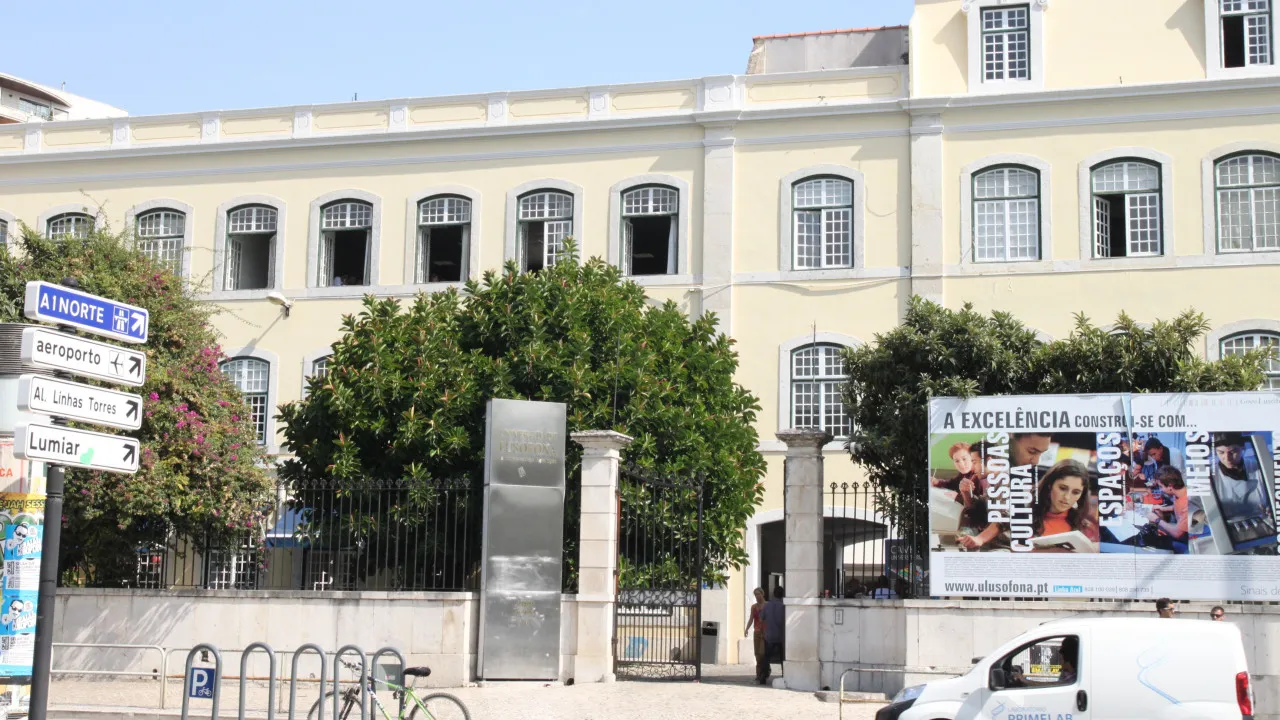
The graduate schools at Universidade Lusófona and Escola Superior de Saúde de Santa Maria assert that their dropout rates are significantly lower than those reported by the Directorate-General for Education and Science Statistics (DGEEC).
Recent data regarding Portuguese higher education institutions highlighted courses showing the percentage of students who discontinued their studies.
The figures indicate a national rise in school dropouts and identify eleven courses where no freshmen from the 2021/2022 academic year or subsequent one were “found in higher education,” excluding those “enrolled in credit mobility programs.”
One course listed is Pediatric Health Nursing (MESIP) at the Escola Superior de Saúde de Santa Maria in Porto. However, the school’s management insists the “information does not reflect reality.”
“Between the academic years 2021/2022 and 2023/2024, MESIP registered 68 enrolled students, with only four dropping out. This dropout rate represents less than 6% of the total, substantially lower than reported,” stated Goreti Marques, from the Board of Directors.
The Ministry of Education, Science and Innovation (MECI) maintains that DGEEC’s data for this master’s program “aligns with values reported and validated by the institution in the RAIDES survey.”
Similarly, Universidade Lusófona contested figures regarding its course listed by DGEEC under “Documentary Cinema Directing” with a 100% dropout rate.
The university clarifies this course as the Erasmus Mundus Master’s “DocNomads — Documentary Film Directing,” an international program with mandatory mobility across three European institutions, involving different host institutions each semester. Therefore, students are “formally enrolled in all semesters, including those at Universidade Lusófona.”
“Because the course is entirely taught in English, it required registration in two versions in the national academic system — an active English version (with graduates) and a Portuguese technical version (without graduates), mandated for administrative reasons. The statistical information cited pertains solely to the Portuguese registry, unused by students, thus showing no graduates,” explains the institution.
Universidade Lusófona assures that this does not “reflect any real dropout or the actual situation of the course, which remains active with substantial internationalization and European recognition.”
The Ministry of Education has been asked about this issue, but has yet to respond.
Over several years, DGEEC has assessed student trends in higher education, evaluating dropout percentages by tracking freshmen and their status after one year—whether they remain in the same course, switch courses, or are no longer found in higher education.
The recent data shows that one year post-enrollment, most students remain in their original course, yet an increasing number are dropping out.
Professional higher technical courses (CTeSP) show significant concerns, with 28.1% of enrollees leaving in the first year, marking a 1.2 percentage point increase from the previous year.
Dropouts are also rising in second cycle master’s programs, with 15% of new students not enrolling the following year, and bachelor’s programs showing an 11.2% dropout rate, a 0.1 percentage point increase.
Only integrated master’s programs saw a slight decrease in dropouts, falling from 3.6% to 3.1%.




